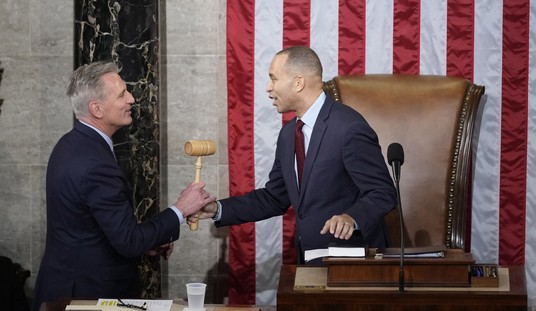The Bureau of Labor Statistics released the August jobs report, and despite the 173,000 jobs added on a seaonally-adjusted basis being the second-weakest of the year and well below the 217,000-225,000 expected by economists, the official U-3 unemployment rate fell to 5.1%. The latter did beat the market expectations of a 5.2% unemployment rate.
From the official release on unemployment:
In August, the unemployment rate edged down to 5.1 percent, and the number of unemployed persons edged down to 8.0 million. Over the year, the unemployment rate and the number of unemployed persons were down by 1.0 percentage point and 1.5 million, respectively….
In August, the civilian labor force participation rate was 62.6 percent for the third consecutive month. The employment-population ratio, at 59.4 percent, was about unchanged in August and has shown little movement thus far this year.
The reason for the unemployment drop is due more to dropouts from the workforce than from increases in the number of employed. While the number of employed did increase by a seasonally-adjusted 196,000 to 149,036,000, the number of unemployed decreased by a larger 236,000, to 8,029,000. That dropped the labor force by 41,000, which put the 62.55% labor force participation rate (LFPR) at a new post-October 1977 low.
Similarly, the seasonally-adjusted employment-population ratio of 59.35%, while the second-highest of the year, has shown little movement between the low of 59.31% (in March) and 59.41% (in May). It also is lower than every month between April 1984 (59.29%) and July 2009 (59.31%), as well the entirety of 1979 and portions of 1978, 1980 and 1981.
On a not-seasonally-adjusted basis, the 62.68% LFPR is the weakest August since August 1975 (62.20%), and the employment-population ratio of 59.43%, while the best August of the Obama Presidency, is, other than August 1982 and August 1983, the weakest August between August 1977 (58.86%) and August 2009 (59.33%).
Tom Blumer noted that those employed full-time (defined by the BLS as those working at least 35 hours at any number of jobs) finally surpassed the pre-Great Recession seasonally-adjusted peak set in November 2007. For much of the year, excepting January and July, the not-seasonally-adjusted version had been barely ahead of the same month’s pre-Great Recession peak.
Again from the official release, this time on jobs:
Total nonfarm payroll employment rose by 173,000 in August. Over the prior 12 months, employment growth had averaged 247,000 per month. In August, job gains occurred in health care and social assistance and in financial activities. Employment in manufacturing and mining declined….
In August, average hourly earnings for all employees on private nonfarm payrolls rose by 8 cents to $25.09, following a 6-cent gain in July. Hourly earnings have risen by 2.2 percent over the year. Average hourly earnings of private-sector production and nonsupervisory employees increased by 5 cents to $21.07 in August.
There is a bit of difference of opinion on whether that weak number is understated or overstated. Reuters noted the historical need to revise the number upward due to a historically-low response rate to the establishment survey and a less-than-precise seasonal adjustment due to school starting in August in much of the country, while Tom Blumer noticed this past month’s seasonal adjustment is more “favorable” than it has been in other recent Augusts. I will note that, on a not-seasonally-adjusted basis, there was an increase of 231,000 jobs over the past 12 months, out of 2,894,000 total increase over the past 12 months not accounted for by the increase in the number of employed (2,581,000) and the increase in the number of multiple jobholders (82,000). If memory serves, that is the first time in recent history that difference is within the margins of error of the two surveys.
Other than the hourly earnings gains and an increase of 0.1 hours in the average workweek for all employees, which was not duplicated in the workweek of production and non-supervisory employees, the establishment survey is a return to the mean. Temporary jobs increased by a seasonally-adjusted 10,700, janitorial jobs increased by 5,700, social-assistance jobs increased by 15,900 and restaurant/bar jobs increased by 26,100. Meanwhile, manufacturing jobs fell by 17,000 and mining jobs fell by 10,000.







Join the conversation as a VIP Member